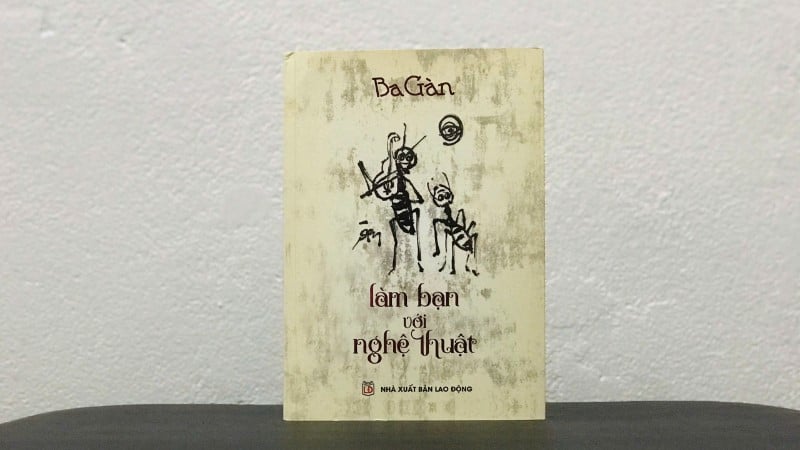
From a tangible perspective, these are expressions of art based on the author’s life and creative experiences. The intangible comes from the suggestions and depth of association that the tangible creates.
Making Friends with Art consists of three parts: "Spiritual Artist", "Art of Life" and "Art of Cultivation". The three parts of the book are like three tones in a symphony of everyday life but contain profound values. From the artist's enlightened perspective to the full life in everyday art and ending with a humane path of cultivation.
Not everyone who does art is an artist, because an artist is not only someone who creates beauty but also someone who lives it to the fullest. In Ba Gan’s world , a true artist is someone who takes awakening as a fulcrum and lets art sprout with all their love.
The special point expressed in the book is the author's perspective on art. A work of art when it reaches purity is no longer a product of will but the radiance of the values of truth, goodness and beauty from within a person.
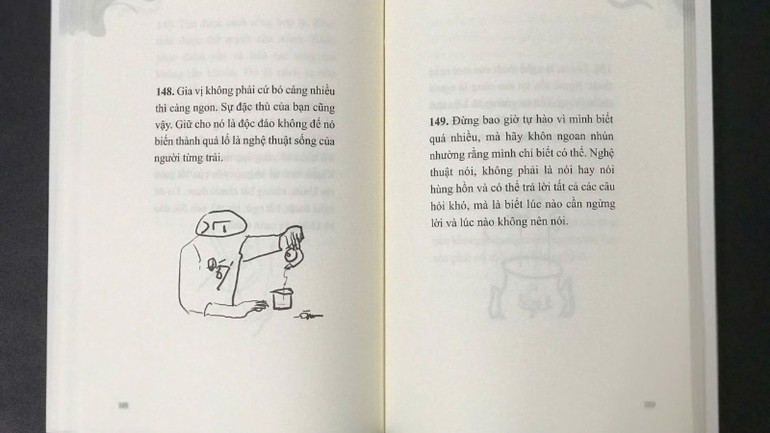
The artist at this point is no longer the creative subject but becomes the connecting thread, connecting the universe, people and consciousness. They do not act like gods but live with a holy spirit, simple, pure and open to beauty.
For Ba Gan, the path of an artist is a journey of filtering the muddy to reveal the clear, requiring artists to know how to let go, to know how to overcome trivial things in order to live without fighting, without grabbing, without distracting thoughts. Art is no longer a means to make a mark, but a space to cultivate, to live with one's own mark.
In that state, every work of art becomes pure, honest, unforced, and unpretentious. Perhaps, then art will become meditation and the artist will become a monk in art.
The author's viewpoint in the section "Spiritual Artist" is also a gentle warning to the modern art world, where the artist's ego is sometimes larger than the work itself, where people can easily lose their essence in the spotlight.
In the work, the author does not extremize or judge, but only invites the artist to return to himself, to live simply like plants, like rivers and water, so that art can be born naturally like flowers blooming, birds singing: "If intelligence is the flower bud, then humor is the moment the flower blooms, meditation is the fragrance and art is beauty".
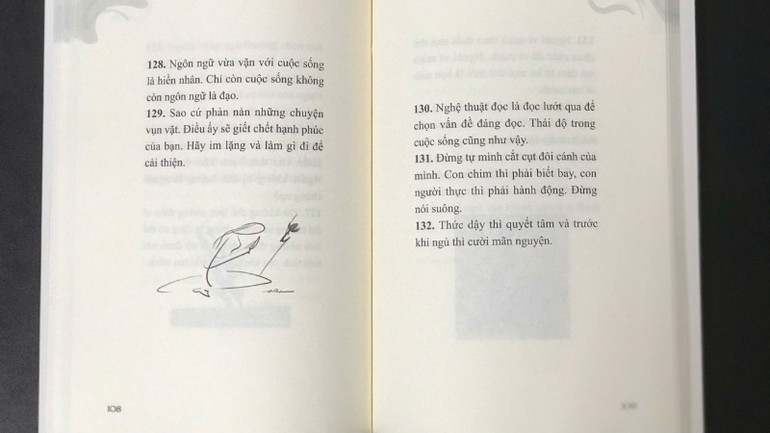
If a "Spiritual Artist" is someone who lives fully in the source of consciousness and enlightenment, then "The Art of Life" is where that awakening shines through every breath, every step, every way of life in everyday life.
In the book, the author does not separate art from life. This is an original concept. People who live beautifully, live with will, live with inner strength, that is an artist. For him, life is the material for creation. Each person, whether an artist or not, is painting their own picture by the way they live, the way they love, the way they suffer, and the way they heal.
"The Art of Life" is a simple but moving statement. Don't look for beauty far away, just live beautifully. Beauty does not lie in complex or sublime things but in the way a person lives with gratitude, listening to others with all their heart.
Knowing when to let go is art, knowing when to stay calm in the midst of a storm is art, and knowing when to be kind is the purest art. Ba Gan does not write to teach how to live, but writes as someone who has gone through many ups and downs, fierceness and now gently suggests: You can live as a creative person, without having to become an artist, just light up your life like lighting a candle, enough to illuminate the inside, enough to warm the people around you.
"The Art of Life" helps the book "Making Friends with Art" no longer be a work simply about art, but become a harmony between art and life. So that every reader, whether an artist or not, can participate, because after all, art or life is both for the sake of beauty.
Life is a river that flows endlessly and "The Art of Learning" is the art of rowing a boat through those waters with love. In the third part of the book, the author gently leads the reader into a space of everyday life, where every word, breath, step, and look can become a meditation.
Far from rigid dogmas, there, practicing is no longer a difficult journey to become but a return to the true self within us. That is when meditation is not in the meditation posture but in the way you do your daily, everyday tasks.
The author emphasizes a very human thing: Practicing is not to become a Buddha but first of all to become a kind person, knowing how to love, living simply and happily. Practicing is the art of living purely, not a spiritual performance. That is when the practitioner does not talk much about religion but lives by religion through actions full of understanding and compassion.
You will not encounter mystical instructions or esoteric terminology in this chapter, but instead, you will find close observations of life: "Eating pure food, speaking pure food, working pure food... is to solemnly adorn the Buddha's realm", or "When you have attained the state of energy, a silent smile will appear on your lips, without the need for joy".
Each word is like an invitation for us to look back at ourselves, gently but deeply. "The art of learning" is like a whisper amidst the chaos of life. People do not need to pray for anything, just live with all the love, freedom and leisure, then learning is no longer a distant concept, but becomes every present moment.
"Making friends with art" is a gentle yet profound stroll into the inner world of human beings. With a minimalist writing style and creative thinking, Ba Gan opens up a beautiful way of life, where art, meditation and life are in harmony.
There, the artist is no longer the one standing on a high platform, but the one quietly listening to the whispering sounds of everyday life. Creativity does not come from will but from the subtlety of each moment. The artist, according to him, does not create art but lives in it. The book invites readers to enter a state of artistic life, with aesthetic and profound actions.
The author wrote the book with love for art, understanding of consciousness and meditation, a calm writing style and passion in creation. The work silently reminds us that there are beautiful things still existing in us, around us. Art is when we recognize, live and create with that beauty.
Source: https://nhandan.vn/lam-ban-voi-nghe-thuat-cuon-sach-goi-chieu-sau-lien-tuong-post897547.html













































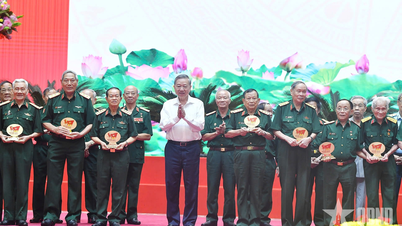



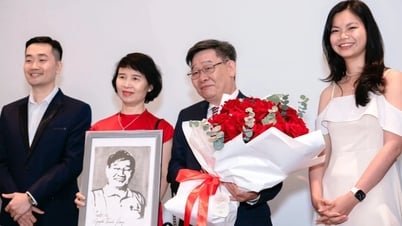


































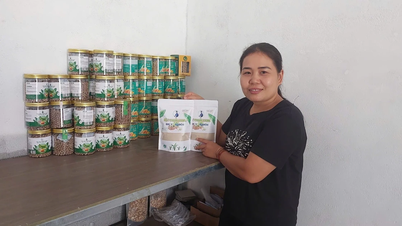

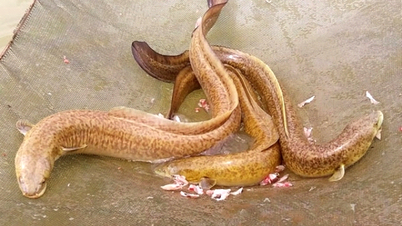










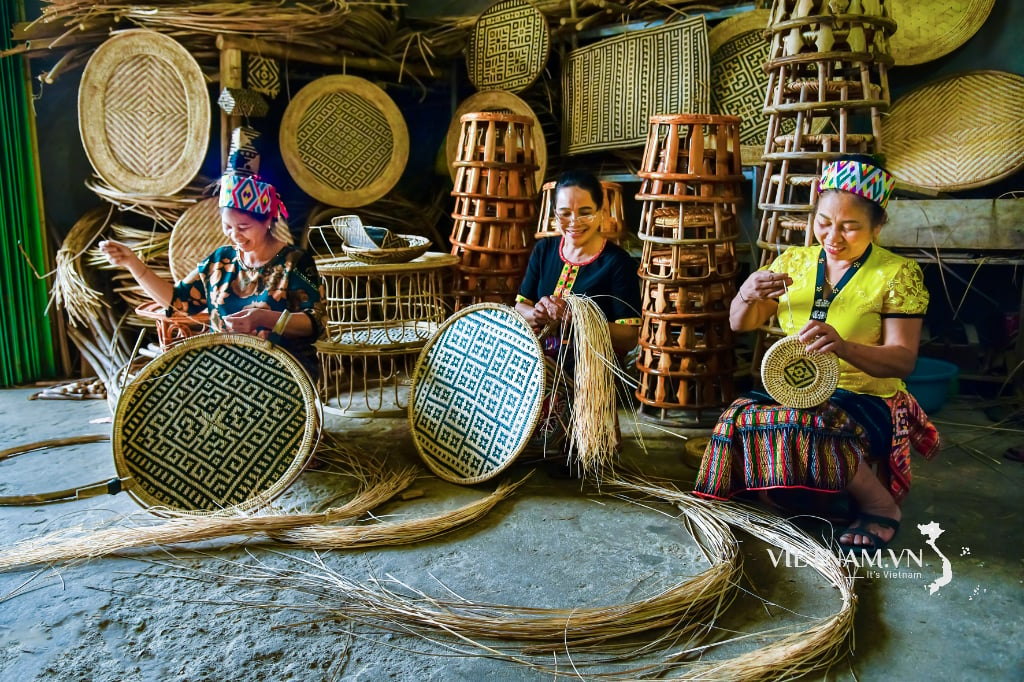
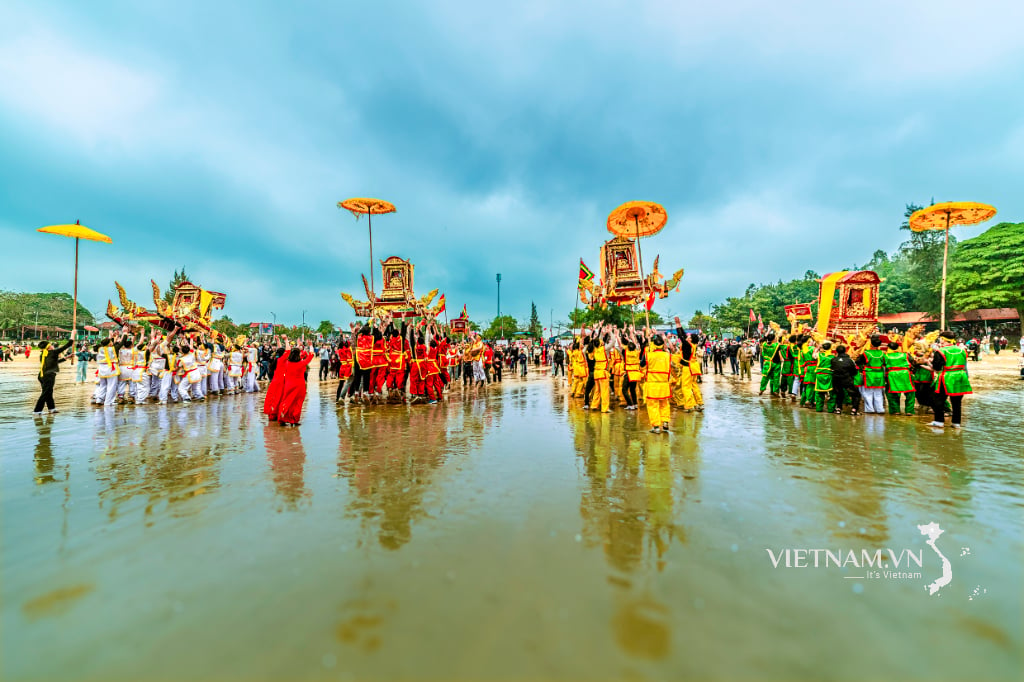
Comment (0)